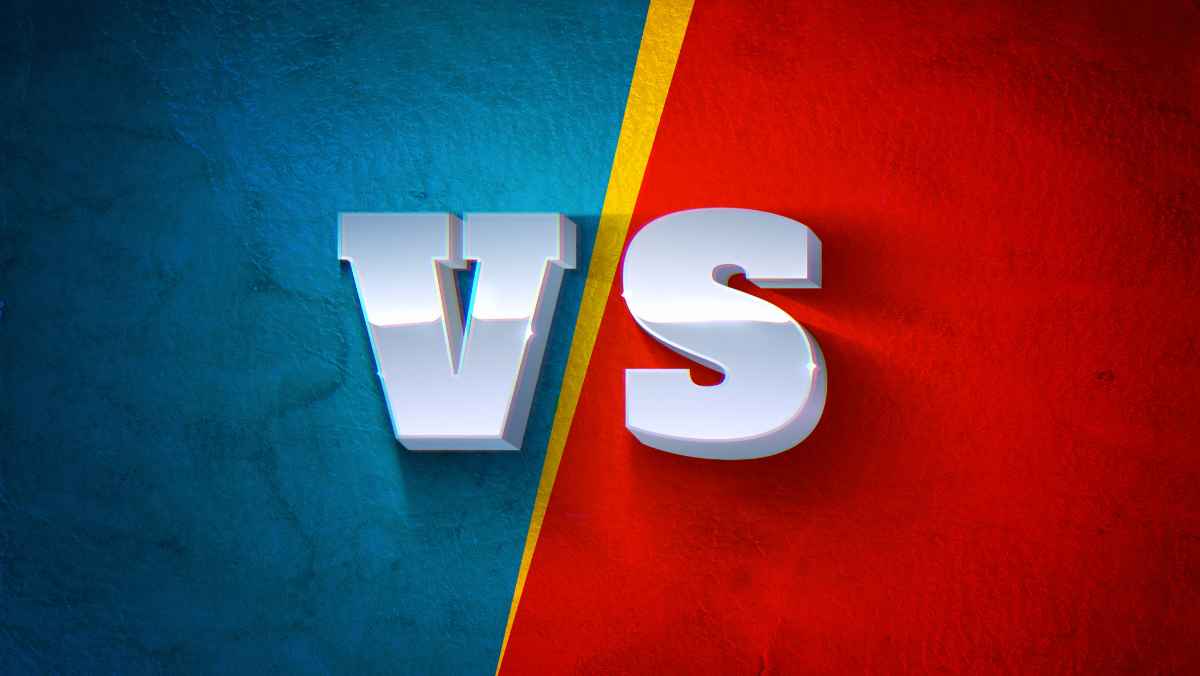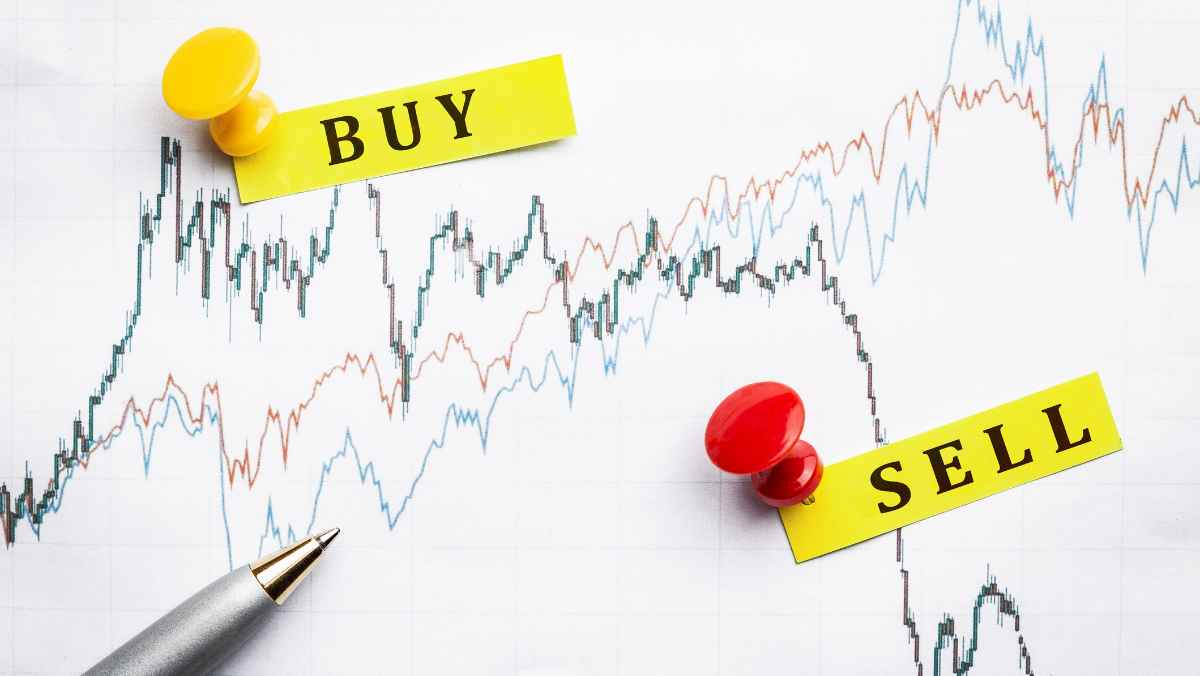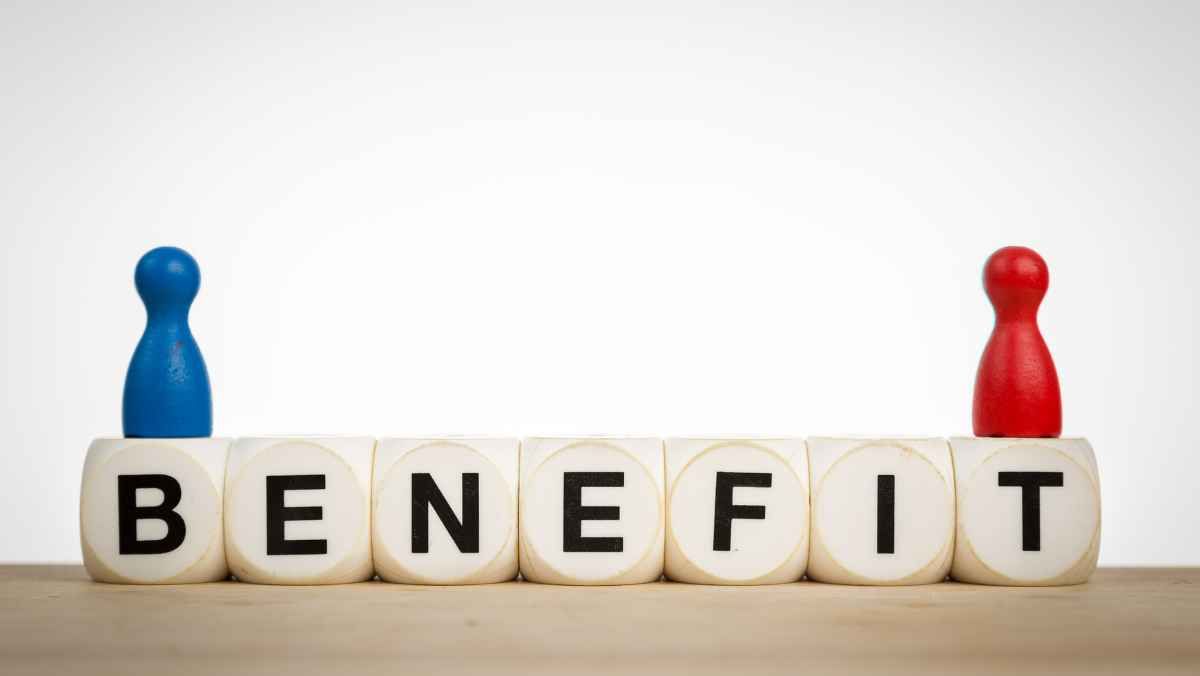Friday May 26 2023 09:47

12 min
1.4 What does the buyer and seller mean in relation to CFDs?
2.1 CFD Benefit 1: You can access higher level trades using less initial capital
2.2 CFD Benefit 2: CFDs can allow you to go short or long with the same simplicity
2.3 You can start placing CFD forex trades today, without risking any real money

This is a question we see a lot online. Which is interesting, because it’s based around a mistake in thinking.
See, forex and CFDs are two different things
So, a CFD is more comparable to something like spread-betting. It’s a way to trade.
Whereas the forex market is more akin to the stock market or the commodities market: it’s a market in which you trade.
So, rather than asking about CFDs v Forex, you really should be thinking about whether CFDs are the right way for you to place your Forex trades.
In this guide, we’ll go through everything you need to know about the forex market and CFDs, and how the two interact.
The foreign exchange market is the place where you trade currencies against each other.
And the forex market is simply massive.
It’s the biggest financial market in the world by some distance.
Every single day, trillions of dollars are traded on the forex market, and every single one of those trades is done through what’s known as a currency pair.
If you’ve ever exchanged money for a foreign holiday, you’ll have seen currency pairs before. They look like this:
And so on.
You’ll see in those three examples, that the US dollar appears both as the first and second currency in the pair.
That’s not random. The order in which the two currencies appear is actually very important to you as a trader.
See, when you look at a currency pair, you’re looking at:
It’s important to remember this, because every single forex trade you place will be based on the same principle:
The change in value of the base currency against the quote currency. In very basic terms, you’re speculating on how the exchange rate will change.
So, if you trade EUR/USD, your profit and loss is based on how the value of the Euro changes against the US Dollar.
So, let’s say you open a trade when the Euro is 1.06 against the dollar, and then the value changes to 1.07, the 0.01 is your profit or loss, depending on how you entered the trade.
§ If you went long (you speculated the base currency would increase against the quote currency) then you would profit.
§ If you went short (you speculated the base currency would decrease against the quote currency), then you would have lost money.
CFDs are Contracts for Difference.
Put simply, they’re an agreement between you and a CFD broker to exchange the difference in price of a forex pair when the trade opens, and the price when the trade closes.
How you enter the trade (as a buyer or a seller) will decide whether you profit or lose on the forex trade
When you open a CFD trade, you choose to be the buyer or the seller.
This might all sound complicated, but all you really need to remember is that:

An important note on CFDs
One thing to be aware of when you trade CFDs is that you don’t own the underlying asset. So, when you trade forex CFDs, you’re not actually buying or selling the currency.
CFDs are derivatives. They’re derived from – based on - the market price of the currency pairs.
But, in a CFD, the only actual contract you hold is with the CFD provider.
There are two main benefits to trading forex CFDs:
Let’s say you want to place a forex trade worth $20,000, but you don’t have $20,000 in capital.
By using leverage, you can place this trade without the initial capital by borrowing the extra money from your broker at a specific ratio.
Now, the most important thing to understand when you use leverage is this:
In a leveraged trade, profit or loss is worked out on the total value of the trade, NOT how much capital you put in.
This means that both your profit and your loss can be larger than your initial stake.
So, let’s say that you make 15% profit on the $20,000 trade we just used as an example.
Your profit would be $2,500.
You put in $1,000 of capital, so although your profit on the trade is 15%, your profit on the money you actually put in is 150%.
However, the same goes for your losses. A 15% loss on the trade would mean that in money terms, you lost 150% - more than double what you put in.
As you can probably see, how much you choose to use leverage is down to your personal appetite for risk.
The more leverage you use, the more potential there is to make or lose much more money than you actually put in.
Either way, you should never trade with money you cannot afford to lose.

When you trade forex – as with nearly all trades – you can:
In some areas of the market, shorting can be a complex process.
CFDs, though, allow you to place long and short trades using the same simple process:
1. You pick your currency pair
2. You choose whether to sell (long) or buy (short)
3. You enter the size of your trade
And that’s it.
It’s important to remember, though, that although placing CFD trades is technically simple, CFDs are still complex trading devices.
Before you use them, you need to take the time to fully understand:
As well as how to place a trade.
Here’s the good news:
When you open a trading account with markets.com, you get access to a full demo account complete with synthetic funds.
So, you can place as many forex CFD trades as you need to, without risking any of your real money.
You can take as long as you like getting comfortable with how CFDs work and how to calculate your trades.
Then, when you’re ready, you can start placing trades for real, using the same platform you practised on. (Our demo and live accounts are identical.)